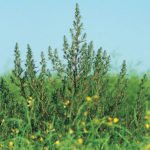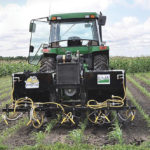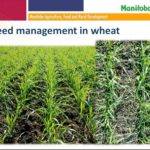Diversity is defined in the dictionary as “the condition of having or being composed of differing elements.” In weed control, diversity means using multiple strategies, or an integrated weed management approach. For herbicides, this means using all of the modes of action available to reduce the risk of weed resistance. This may be obvious, but










